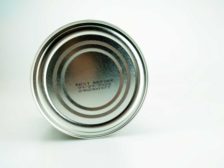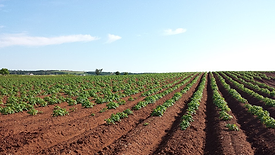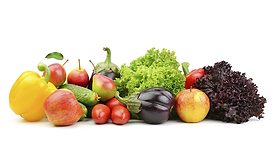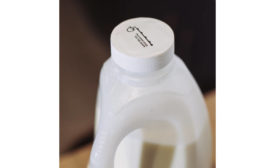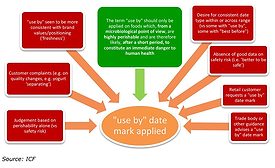Home » food waste
Articles Tagged with ''food waste''
The Regulation of Active and Intelligent Food Packaging in the U.S. and the EU
Innovations in A&I food packaging, if allowed to advance, could significantly reduce food waste and improve food safety
April 19, 2022
Farmstead launches AI platform to help food companies reduce waste
Companies that will benefit from FreshAI include supermarkets, cafeterias, food production facilities, restaurants, quick-service food chains and convenience stores seeking to quickly improve profit margins and achieve waste reduction goals.
April 11, 2018
Arla Foods begins consumer testing of packaging to help reduce food waste
The indicator, known as Mimica Touch, works by reacting to changes in the packaged food and to temperature changes.
March 28, 2018
Food Waste
'Use by…,' 'Best before…,' confusion causes 10% of food waste in the EU
The problem of date stamps in the EU is just as much of a problem as in the US, even though there are only two date stamp choices in the EU.
February 11, 2018
Never miss the latest news and trends driving the food safety industry
eNewsletter | Website | eMagazine
JOIN TODAY!Copyright ©2025. All Rights Reserved BNP Media.
Design, CMS, Hosting & Web Development :: ePublishing


